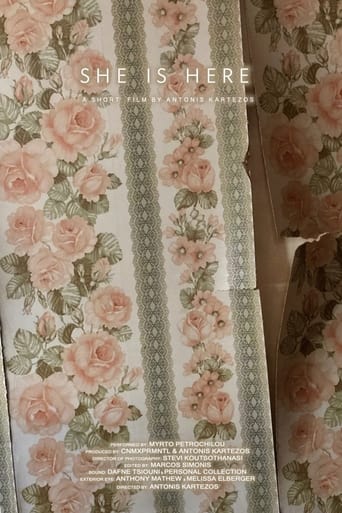
27 Nov 2022

She Is Here
In the dining room of the abandoned house a white, faded entity feeds on her pieces. Memories keep her here and time transforms her into something new.
An attempt to bring texts from Dante's "Divine Comedy" to life. Nine episodes from the Inferno with a concluding episode from the Purgatorio.

Narrator (voice)

27 Nov 2022

In the dining room of the abandoned house a white, faded entity feeds on her pieces. Memories keep her here and time transforms her into something new.
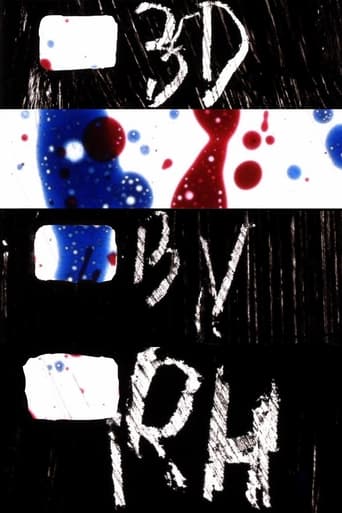
13 Feb 2024

3-D is a hand-painted experimental short film by Riley Hogan. Acrylic paint, ink and scratching were used to animate on clear Super 8mm film leader.

21 Feb 2025

Under the relentless sun, a killer stalks through the mountains, where the innocence of a young couple becomes prey. With no shadows to hide their fate, the hunt is a macabre game in broad daylight, where fear is not hidden in the darkness, but burns with the rawness of the unperturbed noon.
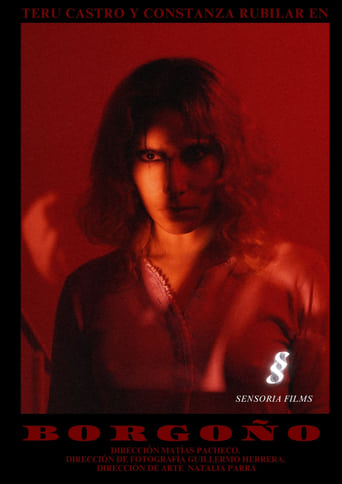
13 Nov 2023

Sienna struggles with dreams of an unknown and scary place after receiving a dress that belonged to her late grandmother, who commited suicide years ago
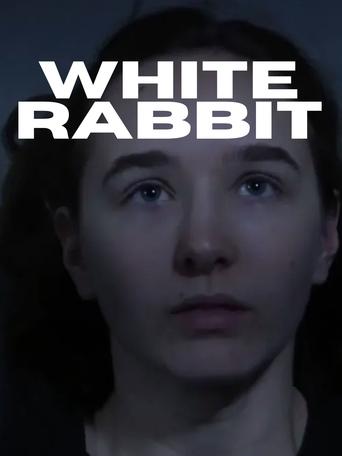

A girl struggles with a dissociative episode in her bedroom.

01 Mar 2011

The word “me” sinking into a bubbling puddle of metallic goo. The piece is about how narcissistic artists have to be to make their work, but by admitting their narcissism, they can at least take some steps to control it.

12 Aug 2014

The model’s feet are uncomfortably squeezed into the heels, and her movements are slippery on slick silver liquid, before she slowly and ominously destroys the glass pane separating the subject from the viewer.
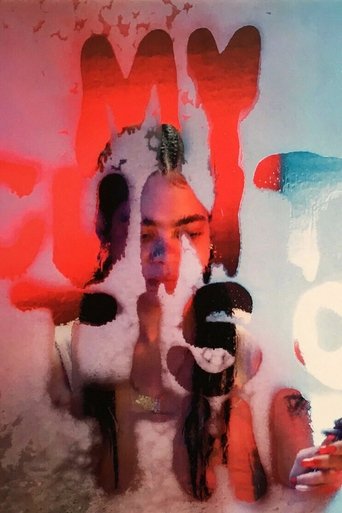
04 Jul 2018

Placing a word widely acknowledged as amongst the most offensive in the English language into the hands of each of the women in her video, Minter reclaims it from chauvinistic associations and rescues it from centuries of censorship and degradation.
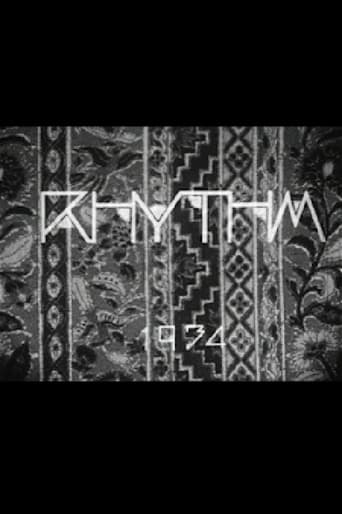
01 Jan 1934

A comfortable rhythm composed of light and shadow. Director Ogino-style absolute movie which freely manipulates geometric figures.
28 Feb 2025
A man in need of help eventually receives it, whether he asks for it or not.
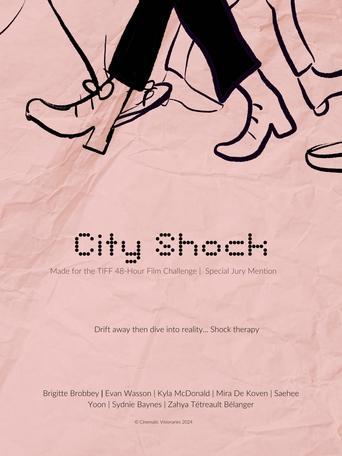
22 Jul 2024

Inspired by the energetic German film, Run Lola Run, City Shocks delves into the chaos of urban life through a series of interconnected vignettes, while following a character navigating the bustling streets of a sprawling metropolis.
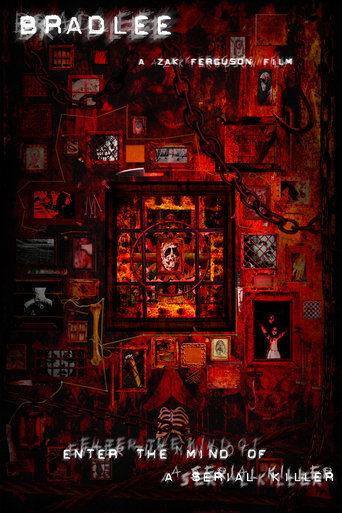
29 Apr 2025

The surreal, experimental story of an unseen serial killer.
"MVCK BATH" Liam Hartelli's first original short film. A Visually stunning and grotesque ballad of the gastric underworld.2wZ
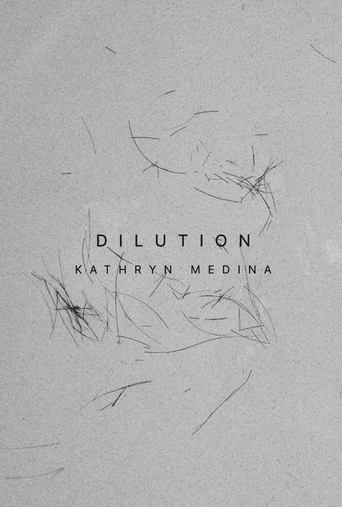
01 Feb 2025

Dilution is an experimental short film that explores the transit between resistance and (di)ssolution, between holding and releasing and a path towards obsessive repetition. They are layers, exposed pores, matter that oscillates between remaining or disappearing. The sound is not a background, but a puncture: friction, tearing, water that drags what still persists. A sensorial testimony of what refuses to vanish completely.
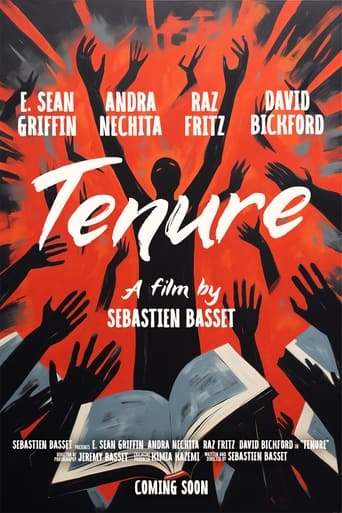
28 Feb 2025

When a dedicated college professor is denied tenure, he turns to black magic in a moment of desperation but finds himself trapped in a private hell of his own making.
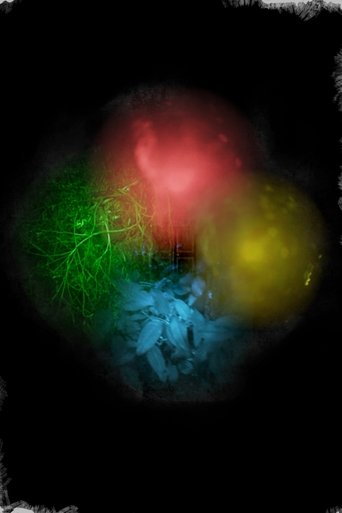
14 Feb 2025

No overview found
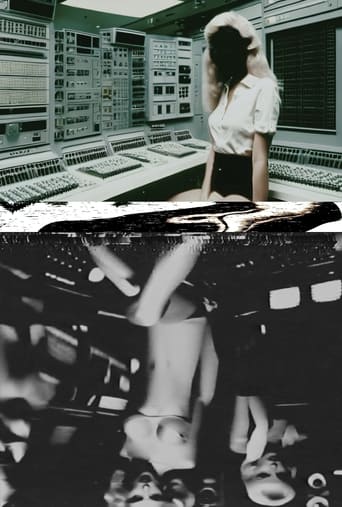
28 Jan 2024

Composed entirely of AI-generated visuals and providing an abstract representation of the evolution of AI video, processed entirely through a VCR.
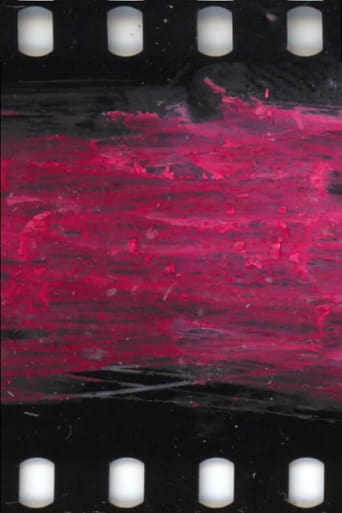
01 Jun 2013

Direct animation on 35mm.
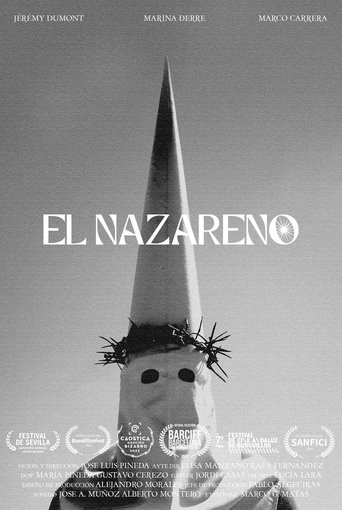
08 Nov 2022

The most important event in the history of the Christian religion occurs beyond the physical plane, when God himself touches humankind for the first time. This event will bring light and shadow together in one place.
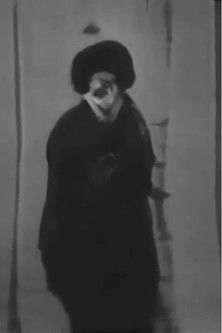
12 Dec 2022

Gan Escapism is an experimental short film by Ukrainian-born artist Anna Malina. The film was crafted using a Generative Adversarial Network (GAN) to create a unique and captivating visual experience that blends abstract illustrations and evading sounds to create a surreal and thought-provoking piece of art.